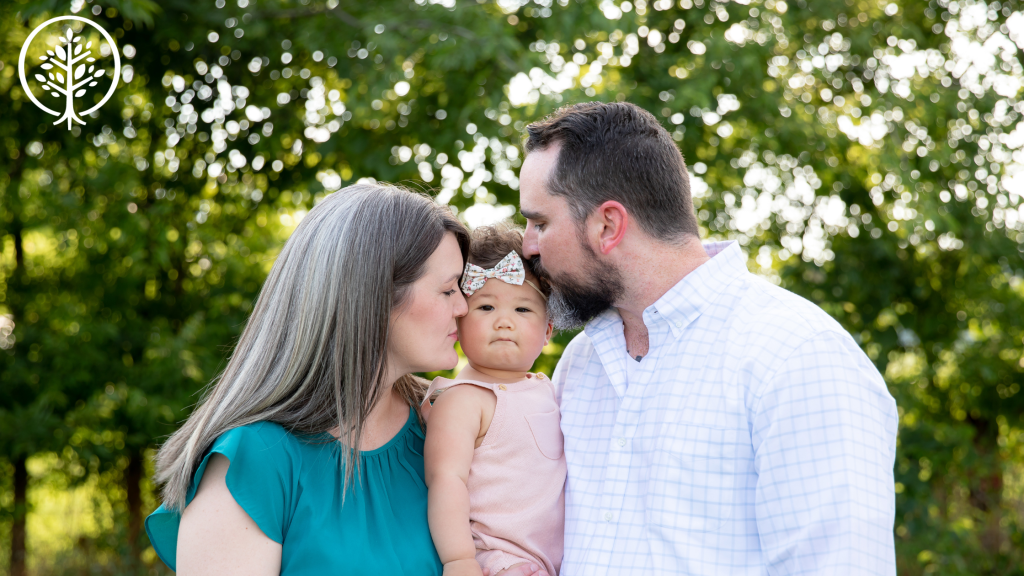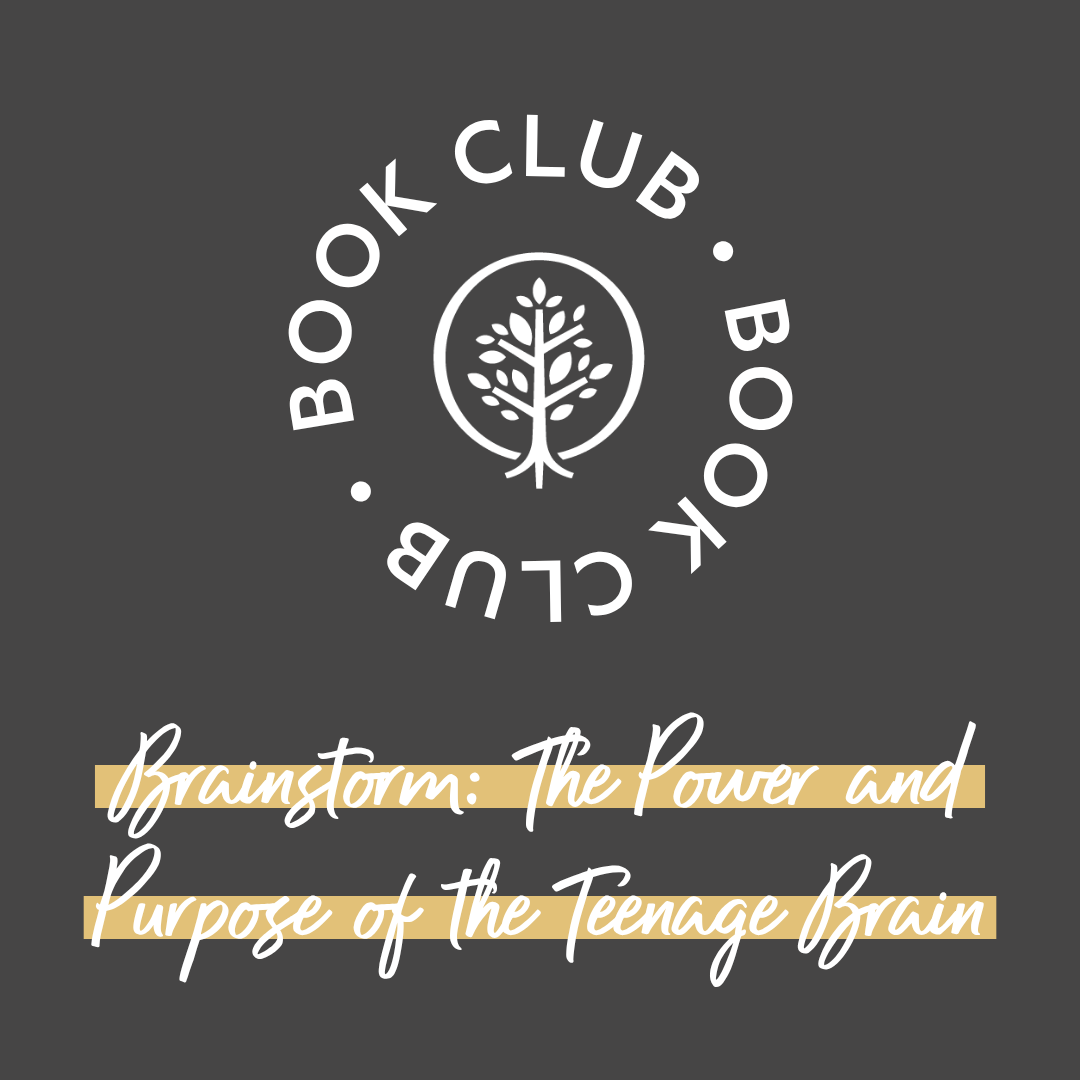Teaching Your Values by Living Them First

The following is an excerpt from “Created to Connect: A Christian’s Guide to the Connected Child.” From Dr. Karyn Purvis with Michael and Amy Monroe, “Created to Connect” serves as a dynamic resource for those looking to draw helpful, encouraging parallels between the Christian faith and the foundational teachings of Trust-Based Relational Intervention® (TBRI®).
When it comes to teaching their children values, I suspect most parents naturally think first of using words to communicate their message. Whether it is a story from a book, an everyday life experience, or a passage of Scripture, many parents equate teaching with talking (and often with an air of seriousness, at that).
You’ve probably heard the saying that, when it comes to children, things (such as values) are better “caught” than “taught.” This saying expresses the understanding that teaching is not something parents do so much as it is the sum expression of who they are in front of and with their children. As followers of Jesus Christ, Christian parents are eager to instill in their children that which they believe and hold dear. However, our children may actually learn more about our beliefs and values, and what they look like lived out, from our reaction to someone swerving in front of us on the freeway or our child spilling his drink (again), than from our talking to them about the Bible or sitting down for a “teaching moment.” This truth echoes the essence of the quote often attributed to St. Francis of Assisi, “Preach the gospel at all times; use words if necessary.”
Even when we do resort to traditional teaching and instruction, parents often discover that their children learn quite differently than they expected. As a result, we are required to take a much different approach in order to help them understand the importance of and consistently apply what we are teaching.
To do this, we need to be willing to dispense with protracted lectures and sermons about right and wrong and do’s and don’ts as our primary means of teaching. Instead, we need to employ strategies such as short teaching scripts (i.e., role play), playful engagement, and other creative approaches that can more effectively connect with our children. Our children need concrete and simple examples communicated in non-threatening ways and reinforced with lots of praise and encouragement. In addition, it is critical that these things be taught and modeled by parents who are fully present and completely attentive to their child. Parents find that this different approach is very effective with kids who have experienced trauma. But be careful as you introduce or transition to this new way of interacting with your children because kids do say the darndest things. One mom reminded me of this as she recounted the story of her son Grant, age 5 at the time, who was being mouthy and disrespectful. Choosing to engage him playfully in order to de-escalate the situation before taking advantage of the opportunity to teach him about the importance of respect, this mom lightheartedly asked him, “Where did sweet Grant go?” Without missing a beat, Grant replied, “He went on vacation, and he’s not coming back!” This mom certainly got her teachable moment and then some!
When it comes to this important task of teaching values to our children, parents must face a challenging reality—we are likely to get what we give. If parents want to teach their children to treat others with respect, they must first model it and live it with their children and others. I love how “The Message” phrases Moses’ words from Deuteronomy 6:6-7: “Write these commandments that I’ve given you today on your hearts. Get them inside of you and then get them inside of your children.” If we want our children to learn and live these values, then we as parents must first write them on our hearts and get them inside of us.
Published by Empowered to Connect. Used by permission.
“Created to Connect” is a foundational piece of Show Hope’s Hope for the Journey resource. To experience the practical teaching and tools for a path to healing and hope for children and families impacted by adoption and/or foster care, learn more here. Download a digital version of “Created to Connect” for free here.




